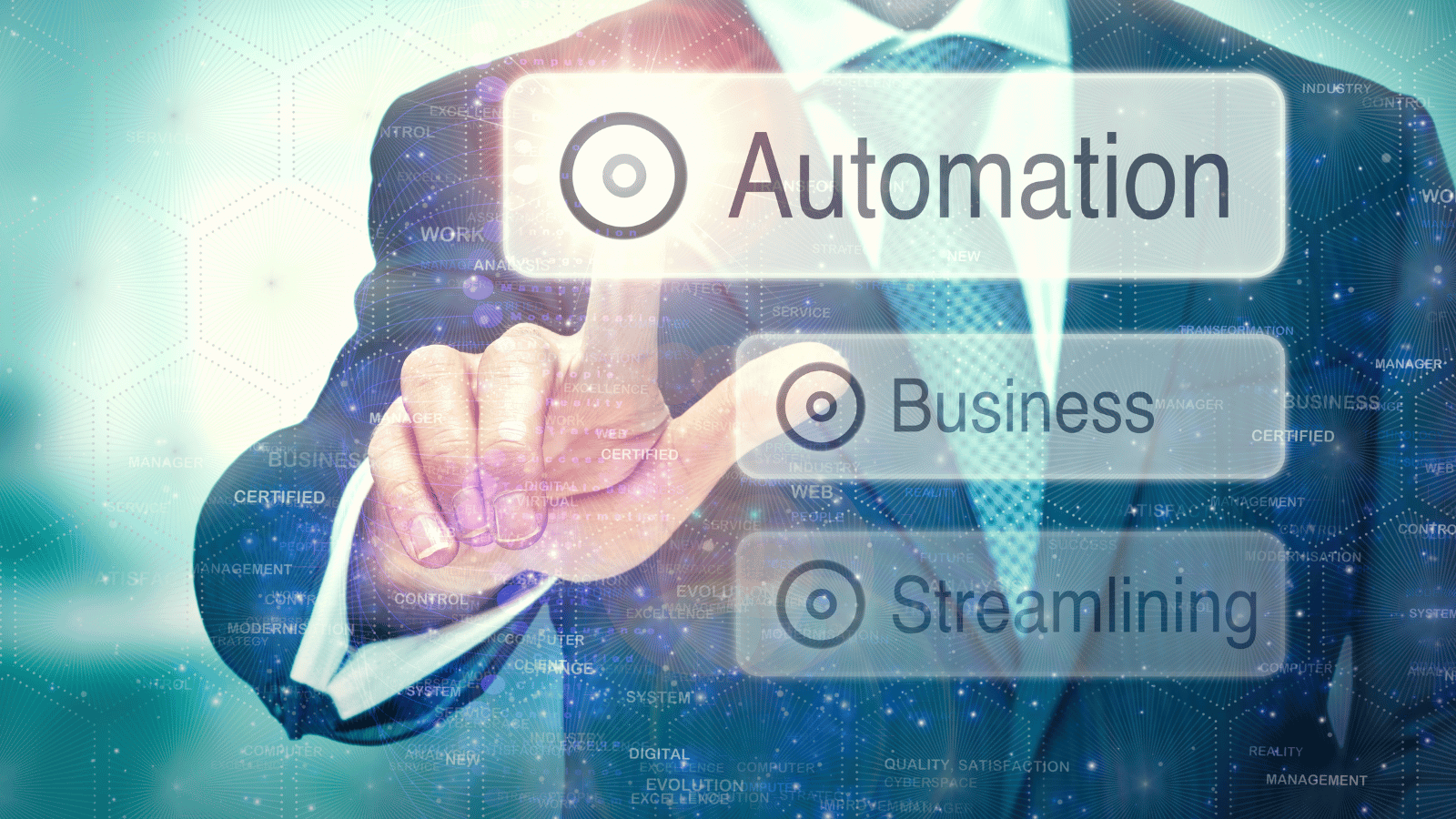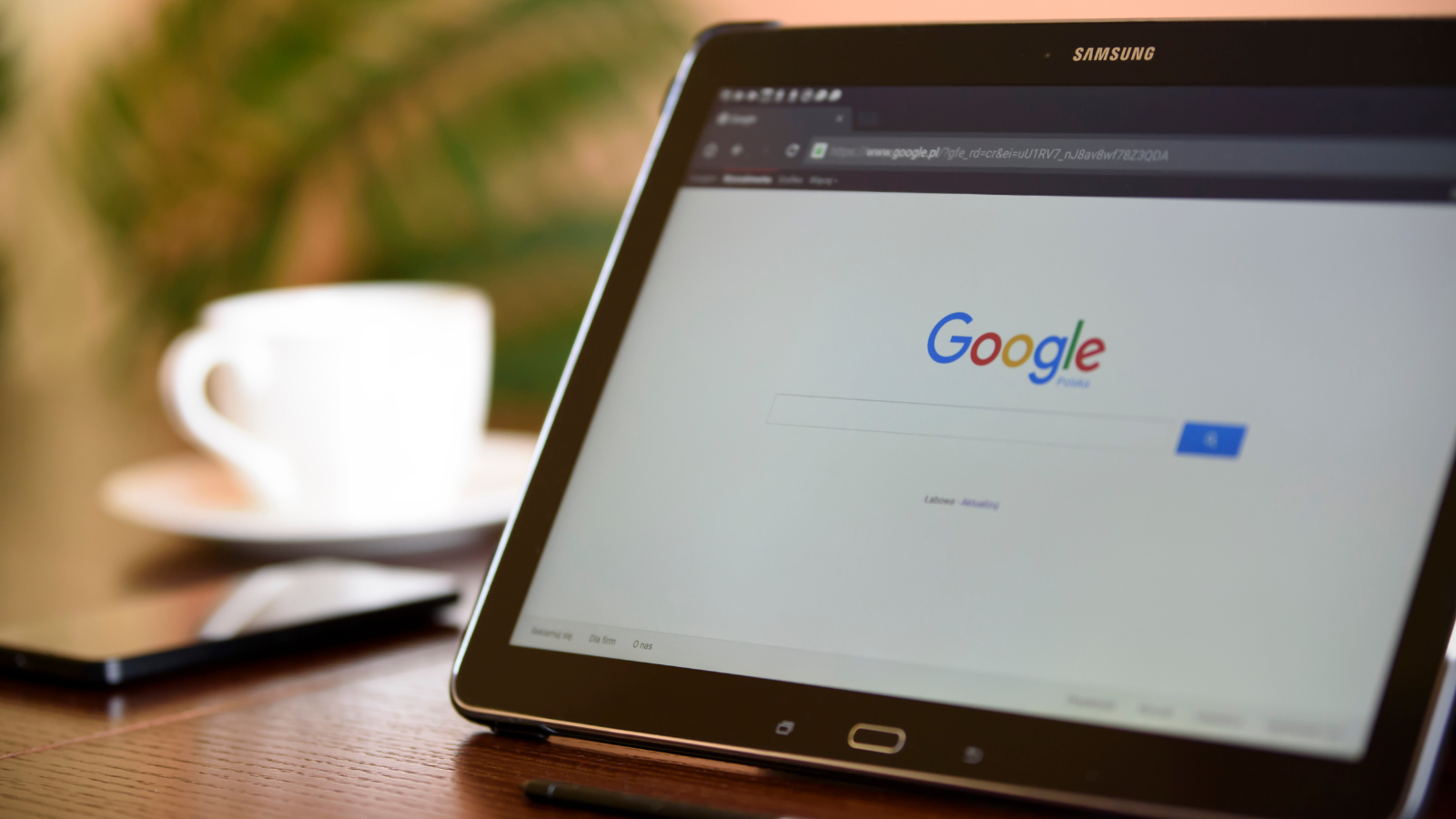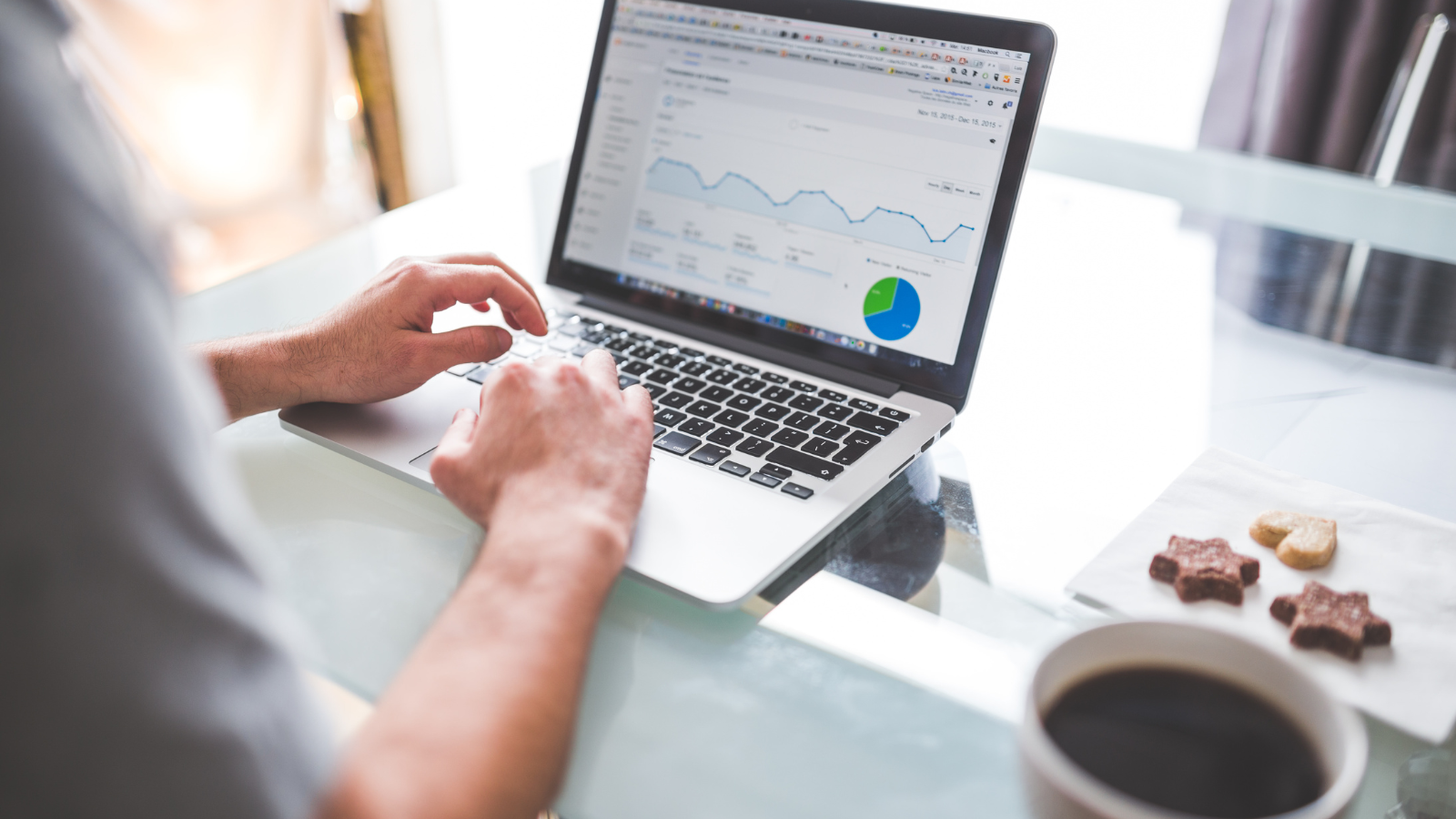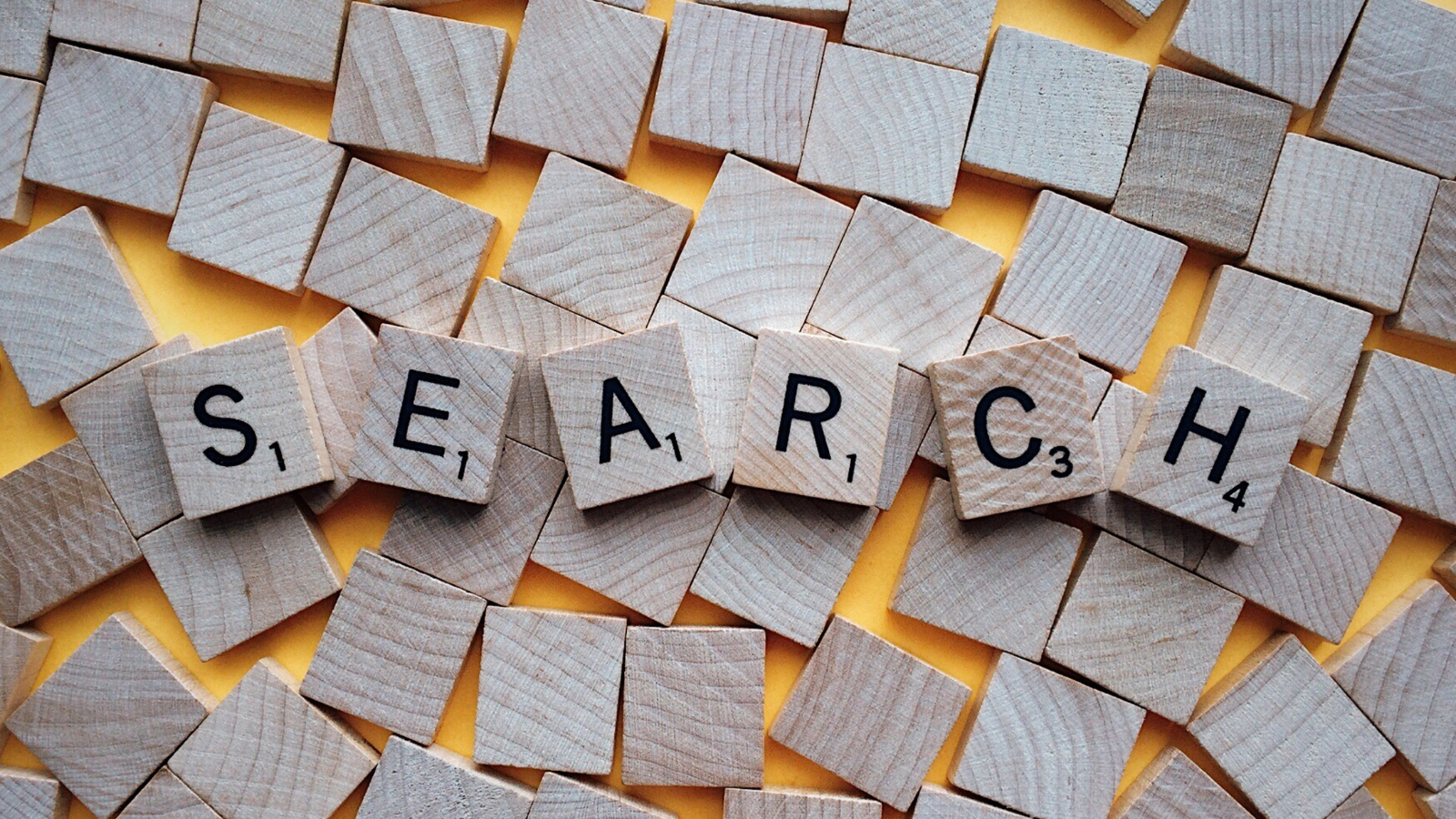Adsolutely the Best Way to Advertise Online?
Your time is valuable. Maximize your time (and get those sweet, sweet conversions) by realizing the benefits of programmatic advertising.
What is Programmatic Advertising?
Programmatic advertising, also known as programmatic buying, is automated ad bidding, selling, buying, and placement.
The Short Version: Programmatic advertising works by using machine learning. Namely, advanced ad tech allows for real-time optimization of digital ad campaigns through automatically adjusting ad spend, ad placement, and retargeting audiences. This way, campaigns are more likely to show the right ad to the right audience at the right time for the right price, giving this artificial intelligence-powered digital advertising method a substantial edge over traditional media advertising.
The Long Version: Programmatic ads use automation to maximize ad spend. Here is what advertisers have to manually do:
- Set the budget and maximum CPM
- Create the ads (optional, as programmatic advertising also allows for automated ad buying)
- Choose a desired ad space
- Set the target audience and a few other key parameters
Once these parameters are set, the algorithm on the advertiser’s chosen advertising platform lets the campaign engage in real-time bidding (RTB) with other digital marketing campaigns. If a campaign wins the bid for a chosen ad space, the campaign’s ads are displayed in a highly coveted space in front of the campaign’s target audience.
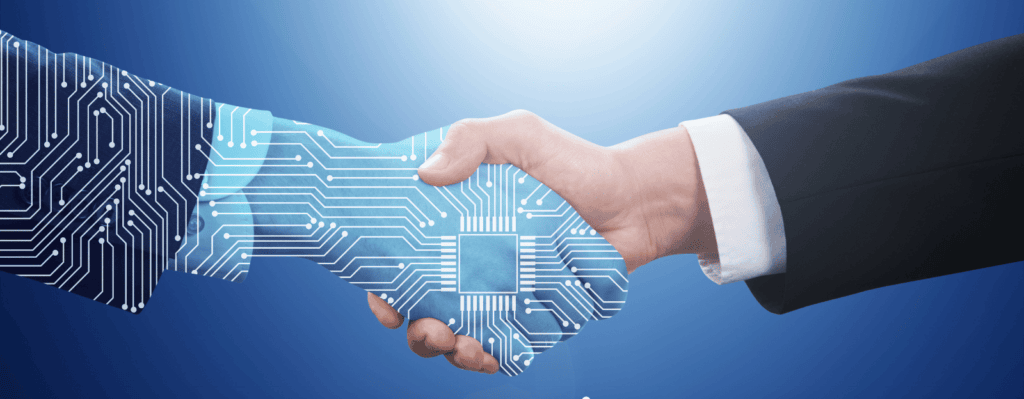
4 Major Programmatic Advertising Platforms
When someone talks about programmatic advertising platforms, they are likely referring to one of four major types of platforms that enable programmatic services.
- Data Management Platforms (DMPs) – DMPs are platforms that allow for the building and management of audience profiles. Popular DMPs include Google Marketing Platform and Audience Studio by Salesforce.
- Demand-Side Platforms (DSPs) – DSPs are brands and buyers, offering a platform to advertisers that allow bidding on ad inventory. Popular DSPs include Facebook Ads Manager (Meta Ads Manager) and MediaMath.
- Supply-Side Platforms, or Sell-Side Platforms (SSPs) – SSPs are sellers, and they let publishers sell their ads to the highest bidder. Popular SSPs include Google Ad Manager and Xander (AppNexus).
- Ad Exchanges – Ad exchanges exist in a space between DSPs and SSPs, allowing brands and sellers to swap and sell ad inventory. Popular ad exchanges include OpenX and PubMatic.
7 Major Programmatic Advertising BENEFITS (and 1 Major Flaw)
Programmatic advertising benefits include:
- (Almost) never missing out. You may be fast, but bots are faster. Automation means never losing out on split-second bids on premium inventory and ad space.
- Saved time. Automation reduces the time it takes to buy, sell, and place ads, leaving you more valuable hours to spend on optimizing other parts of your campaign.
- Reduce guesswork. Programmatic ad buying allows campaigns to make real-time data-driven decisions (aka, RTB) every single time, leaving guesswork during the ad buying process at the door.
- Easy contextual targeting. Programmatic buying allows for contextual targeting, making it easy to adjust your target audience based on your chosen KPIs (key performance metrics).
- Automated retargeting = better visibility. Automated audience targeting capabilities means that your chosen demographic sees only relevant ads.
- Better visibility = saving money. Only showing the most relevant ads to the most relevant audience can drive conversions, reduce risk, and reduce lost ad dollars.
- Enhanced scalability. Automation makes it much easier to scale campaigns than with traditional bidding.

The automated process of buying and placing ads comes with a lot of benefits. But programmatic buying isn’t perfect. Perhaps the largest downside of programmatic advertising is ad fraud. Display advertising platforms, especially private marketplaces, have well-documented issues with fraud and lying to advertisers about metrics and ad impressions. According to Statista, digital ad fraud in 2021 led to a global loss totaling roughly $65 billion USD, making it a major concerns for digital advertisers. While there is no easy one-size-fits-all solution to this issue, using ad fraud detection tools (e.g., DoubleVerify) and ad verification tools (e.g., Integral Ad Science) can help prevent ad fraud in your programmatic campaigns.
Best Programmatic Advertising Practices
Need help with programmatic media buying and developing robust marketing campaigns? Contact the digital marketing strategy experts at Digital Strike – Targeted Marketing to realize programmatic advertising benefits. We can help you run effective programmatic campaigns to help you meet your advertising goals and give you the leads your company needs to grow.
